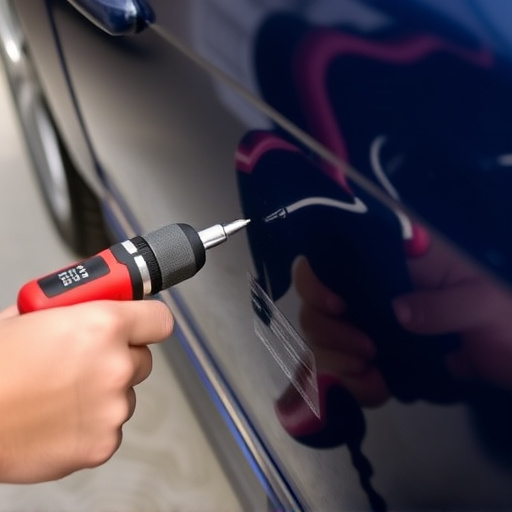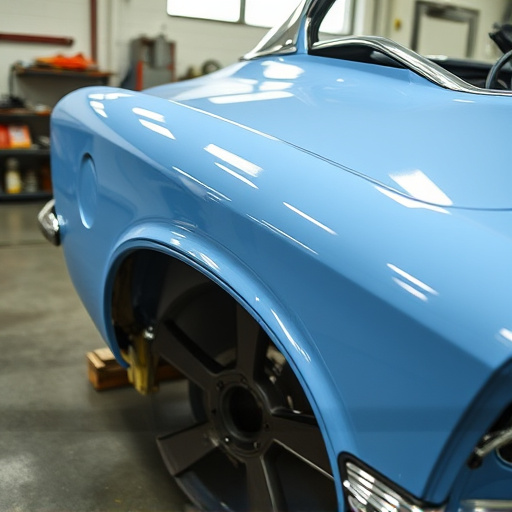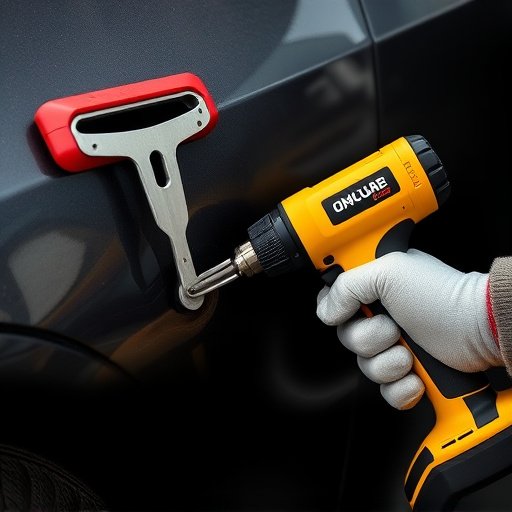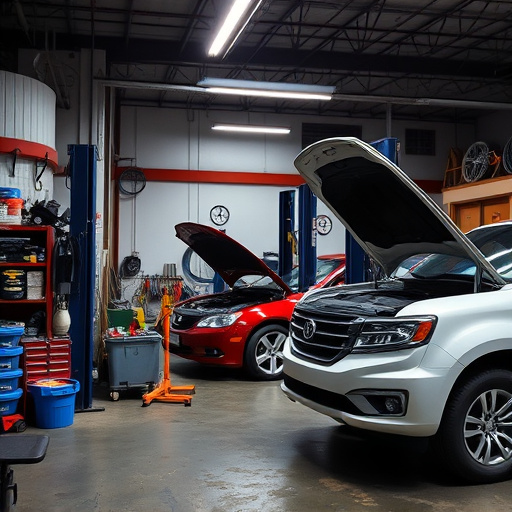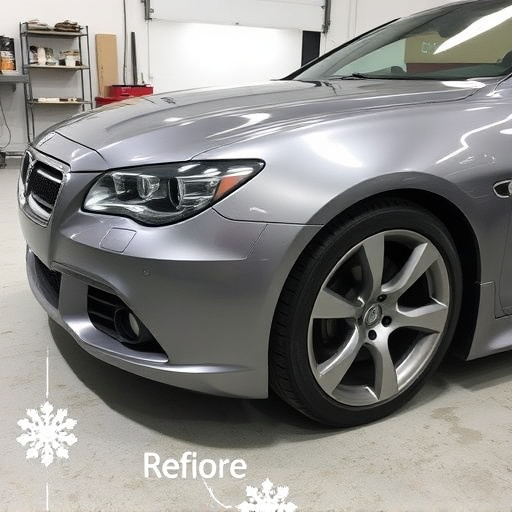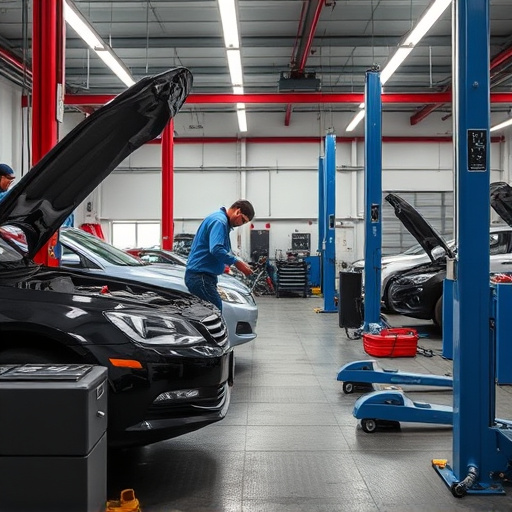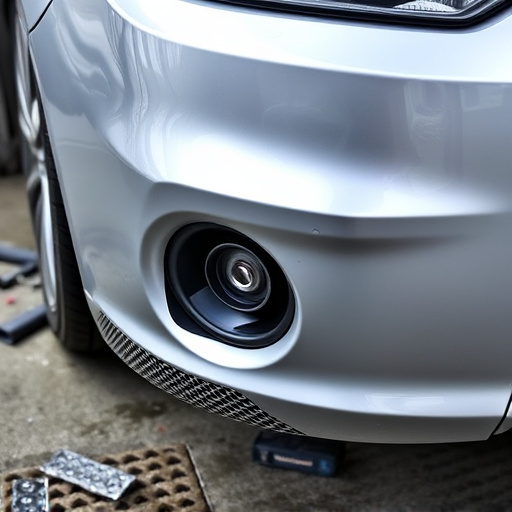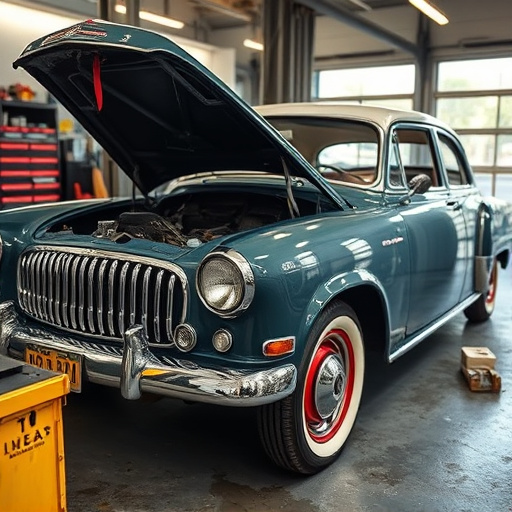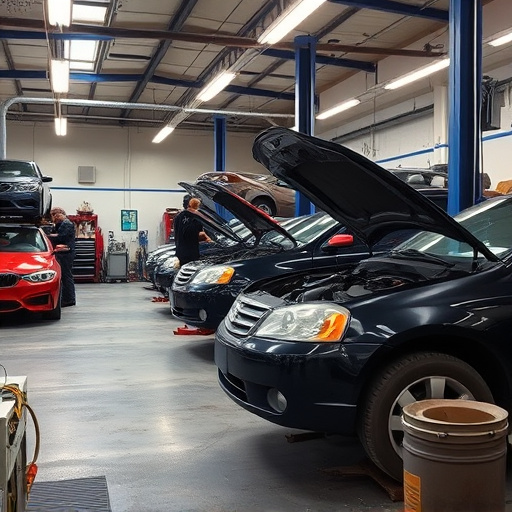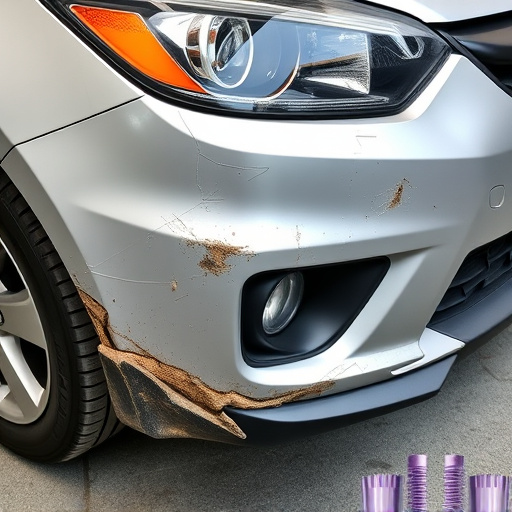Mercedes camera alignment is crucial for Advanced Driver-Assistance Systems (ADAS) performance and safety, ensuring clear, precise data of the road ahead. Regular inspections and prompt correction of misalignments, often caused by body shop services, are essential to avoid distorted images leading to incorrect interpretations of road conditions, enhancing driver safety and confidence.
Mercedes camera alignment is crucial for the accuracy and effectiveness of Advanced Driver Assistance Systems (ADAS). This intricate process ensures that cameras capture precise images, enabling features like lane-keeping assist, adaptive cruise control, and collision avoidance. Misaligned cameras can lead to significant performance issues, compromising safety and efficiency. This article delves into the basics of Mercedes camera alignment, explores the consequences of misalignment, and presents techniques for achieving accurate calibration, vital for optimal ADAS function.
- Understanding Mercedes Camera Alignment Basics
- Impact of Misaligned Cameras on ADAS Systems
- Techniques for Accurate Mercedes Camera Calibration
Understanding Mercedes Camera Alignment Basics

Mercedes camera alignment is a critical aspect of Advanced Driver-Assistance Systems (ADAS) functionality. These cameras act as the eyes of the vehicle, feeding data to sensors and processors that interpret surroundings for features like adaptive cruise control, lane-keeping assist, and automatic emergency braking. Accurate alignment ensures these systems have clear and precise views of the road ahead, enabling them to function optimally.
Proper Mercedes camera alignment involves accurately positioning and calibrating each camera to capture a comprehensive view without distortion or overlap. It’s akin to ensuring a pair of glasses fit perfectly, allowing the driver assistance systems to see clearly and make informed decisions. Regular vehicle dent repair or body shop services can sometimes cause misalignments, underlining the importance of routine inspections and prompt correction for peak ADAS performance and safety.
Impact of Misaligned Cameras on ADAS Systems

The precision and accuracy of Advanced Driver Assistance Systems (ADAS) heavily rely on the proper alignment of Mercedes cameras. Misaligned cameras can significantly impact the effectiveness and safety of ADAS features, such as lane keeping assist, adaptive cruise control, and collision avoidance systems. Even a slight misalignment can lead to distorted images, causing these systems to misinterpret road conditions and nearby obstacles, resulting in potential hazards.
When a vehicle undergoes a car bodywork repair or is involved in a vehicle collision repair, it’s crucial that the auto repair shop ensures Mercedes camera alignment as part of the restoration process. Proper alignment not only enhances the aesthetic appeal but also guarantees the optimal performance of ADAS technologies, providing drivers with enhanced safety and peace of mind on the road.
Techniques for Accurate Mercedes Camera Calibration

Maintaining accurate Mercedes camera alignment is paramount for the optimal performance of Advanced Driver Assistance Systems (ADAS). Techniques such as stereo vision calibration, where cameras are precisely aligned to capture 3D information from surrounding environments, ensure precise distance measurements and object detection. This process involves intricate adjustments to focal length, principal point, and distortion correction parameters within each camera lens. Regular auto maintenance checklists should include thorough inspections of camera systems, identifying any signs of damage or misalignment that could impact safety features like lane keeping assist, collision avoidance, and 360-degree awareness.
Beyond routine checks, specialized services for frame straightening can be crucial in addressing potential issues arising from accidents or wear over time. Correcting any deviations in camera alignment through professional frame straightening techniques guarantees the seamless integration of sensor data, enabling ADAS to function at peak accuracy. This, in turn, enhances driver safety and confidence while navigating complex driving conditions.
Maintaining accurate Mercedes camera alignment is paramount for the successful operation of Advanced Driver-Assistance Systems (ADAS). Misaligned cameras can significantly impact the effectiveness and safety of these systems, leading to potential hazards on the road. By understanding the basics of camera alignment, recognizing the consequences of misalignment, and employing precise calibration techniques, Mercedes owners can ensure their vehicles’ ADAS functions operate at peak accuracy, enhancing both driving experience and overall safety.

